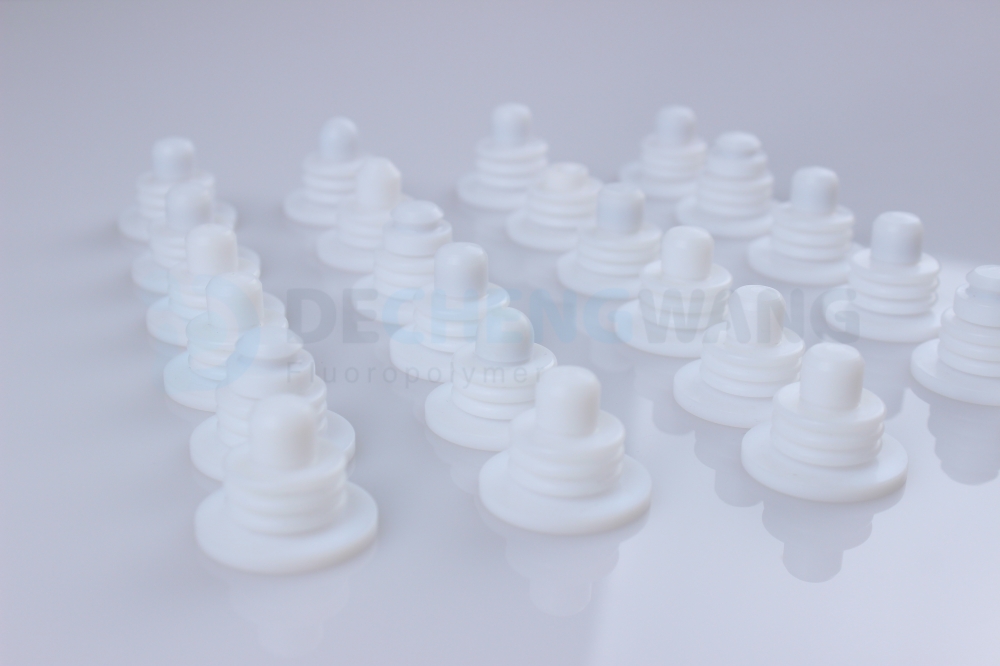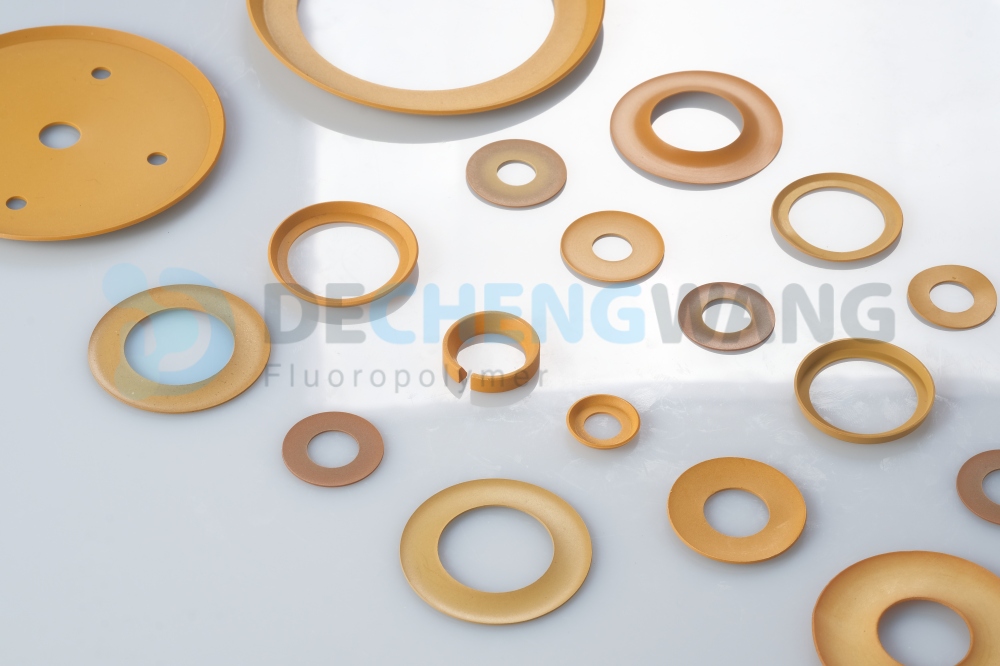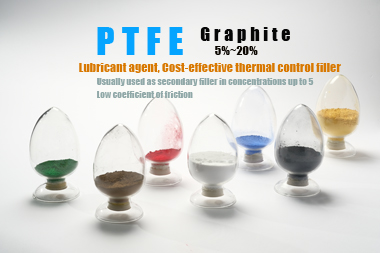In recent years, plastics are replaced by better and safer alternatives in all fields. Fluoropolymers are durable and boast a wide range of desirable qualities that suit many industries. This is why alternative materials like PTFE and FEP are chosen for many applications in different industries.
But among these fluoropolymers, there are many characteristic differences, be it in physical properties or chemical resistance, and so on.
Want to know more about the differences when it comes to FEP vs PTFE? Then read ahead and find the answer!
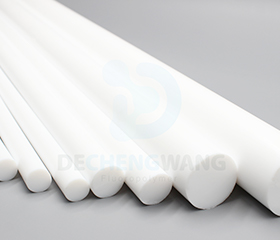
Brief Introduction to FEP and PTFE Materials
Before we understand the differences between FEP vs PTFE materials, let’s look at some of the basic characteristics of both materials.
Basic Characteristics of FEP
FEP, also known as Fluorinated Ethylene Propylene, is a copolymer derived from tetrafluoroethylene and hexafluoropropylene. FEP is better known as a melt-processable version of PTFE. The working temperature range of FEP material is between -200°C and 200℃.
The material carries properties similar to PTFE, but FEP has a better non-sticky character. Also, the material has a lower melting point, not making it a suitable option for cooking or baking appliances. FEP has a softer makeup compared to PTFE.
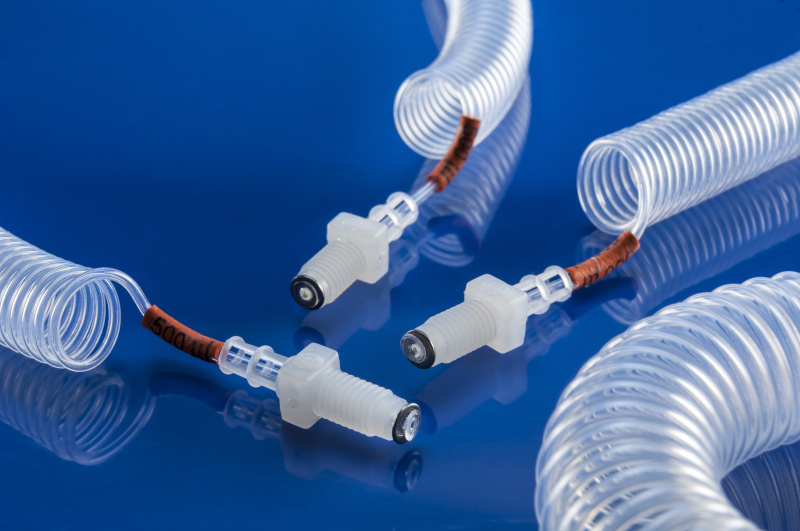
Basic Characteristics of PTFE
Polytetrafluoroethylene, also commonly known as Teflon, is a fluoropolymer of high density. The material is resistant to extreme temperatures and has excellent electrical insulation properties as well. The working temperature range of this fluoropolymer is -180℃ to 260℃.
PTFE has an impressive chemical resistance property and is also biologically inert. These features make the material a good choice for any industry that works with chemicals and biological fluids.
FEP vs PTFE: Different Electrical Insulation Properties
Polymers and fluoropolymers are widely used as insulators, thanks to their excellent insulation properties. Materials like FEP and PTFE are both electrical as well as thermal insulators, making them a suitable choice for a wide range of applications.
Electrical Insulation Properties of PTFE
PTFE is well-known for its high electrical insulation property, be it virgin PTFE or modified PTFE. Additionally, PTFE also has high-temperature resistance, making it a reliable material for making cables and wires in high-temperature applications.
Due to its electrical insulation property, PTFE is commonly used in wiring, especially in computer applications. If mechanical applications are to be considered, then without any doubt it is PTFE that becomes the favorable choice.

Electrical Insulation Properties of FEP
While comparing PTFE vs FEP, we have to understand that FEP cannot withstand temperatures as high as PTFE does. But, the insulation properties of FEP material are as good as PTFE, so this material too finds application in different fields. While PTFE is majorly chosen for its high insulating property and resistance to extreme temperature, FEP is chosen due to its flexibility.
Due to its insulating properties, FEP is often used for encapsulating sensitive electrical components. It is not often used in the same industries as PTFE because of its low working temperature change.
PTFE vs FEP: Different Chemical Resistance
Be it in chemical industries or oil and gas industries, the need for essential industrial components
Chemical Resistance of PTFE
One of the reasons why PTFE has become a popular material choice for industrial components is its resistance to a wide range of chemicals. Not only is PTFE chemically resistant but it is also chemically inert. Due to this quality of PTFE, it is widely used as the preferred material for making sealing components for aggressive chemicals.
But PTFE is affected by a handful of chemicals in extreme temperatures – rare fluorinated compounds react with PTFE in high-temperature situations.
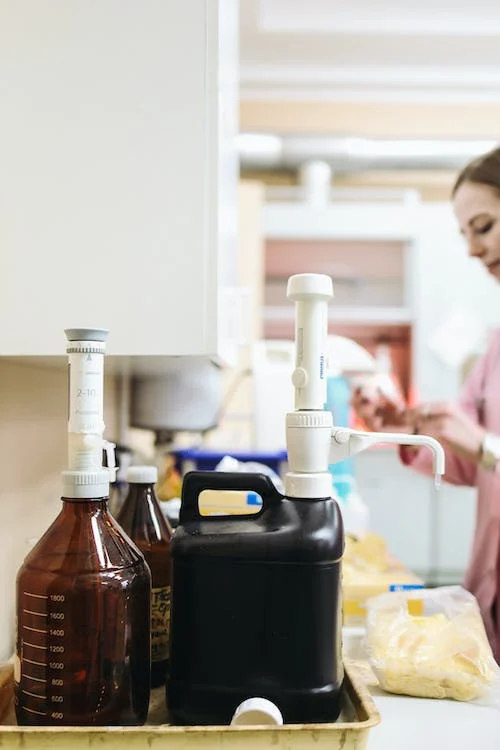
Chemical Resistance of FEP
Comparing FEP vs PTFE, FEP emerges as the material that is more chemically resistant. Unlike PTFE, FEP is resistant and inert to a wide range of chemicals and thus finds wide applications in many industries and fields. At elevated temperatures, FEP is not compatible with very few compounds, but usually, the need for such applications does not arise.
FEP vs PTFE: Different Applications
Since there are a few characteristic differences between the two materials FEP and PTFE, their applications also slightly differ. Since PTFE operates well in high-temperature situations, it is often used in industries that have a similar environment.
Applications of PTFE
Due to PTFE’s excellent resistant properties and impressive physical characteristics, the material is used for specific purposes in many industries and processing plants. Here are a few of the applications listen below:
- Usage in Pipes and Exhausts: Often used in chemical industries and oil and gas plants in pipes and exhaust systems due to its anti-corrosion properties.
- Insulation Properties: PTFE has great insulation properties that make it suitable for electrical and electronic applications.
- Medical Field: Since PTFE is biologically inert, it is used in the manufacturing of appliances related to the medical field.
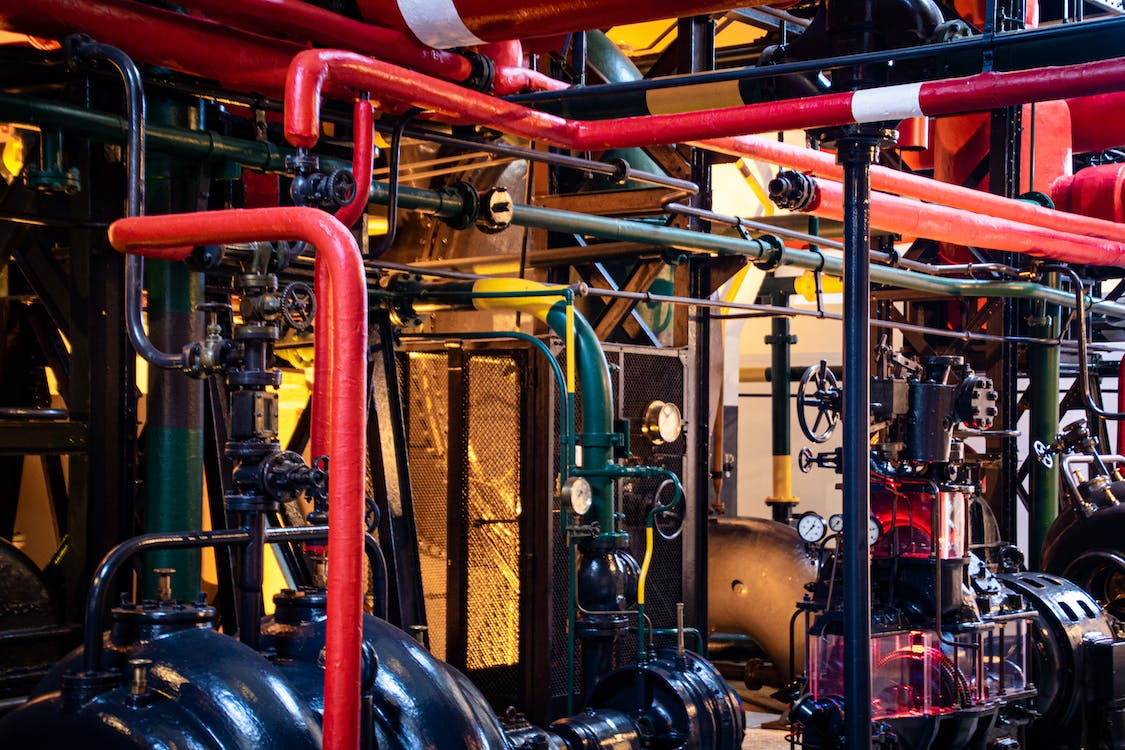
Applications of FEP
FEP has better non-sticky and chemical resistance properties compared to PTFE, so it is used in related fields.
- Food Processing: Due to its impressive non-sticky characteristic, it is often used in the food processing industry.
- Fluid Transfer: FEP is a transparent material, so it is used in many industries for fluid transfer.
- Chemical Resistance: Since the material is resistant to almost all chemicals, it is used for lining pipes and chambers that carry chemicals and gasses.
Trustworthy Manufacturer of PTFE Parts for Industries
For purchasing wholesale components, you need a trustworthy manufacturer like Dechengwang. With over 10 years of experience in this field, we excel in the manufacturing of a variety of PTFE parts and components for industrial uses.
Custom Services
Dechengwang offers flexible custom services that let our clients decide on the design, size, and material of the components made. We also offer components in stock shapes – like rods and tubes – that can help you with your business. Dechengwang takes orders in all quantities – we do not have any minimum order quantity limit.
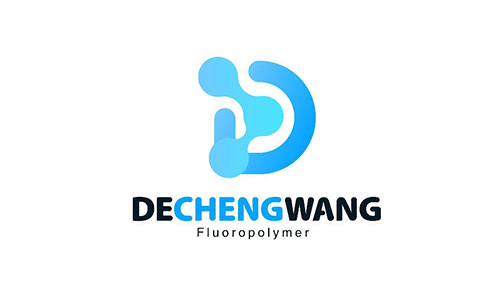
Tight Tolerances
All our materials and products are of the highest quality, and hence they offer only the best performance. Our components made of PTFE have excellent chemical, electrical, and temperature resistance, so they operate well under extreme situations too.
Conclusion
Although a lot of fluoropolymers share a lot of similarities, there are differences in properties among them. The same happens in the case of PTFE vs FEP. For many extreme applications, including those in chemical and mechanical industries, it is PTFE that is preferred over FEP because of the former’s higher temperature, and electrical, and chemical resistance.
Manufacturers like Dechengwang offer a wide range of industrial components made from PTFE. We also specialize in semi-finished components that can be customized as per your industrial needs. Contact us today and get an instant quote on your orders!

